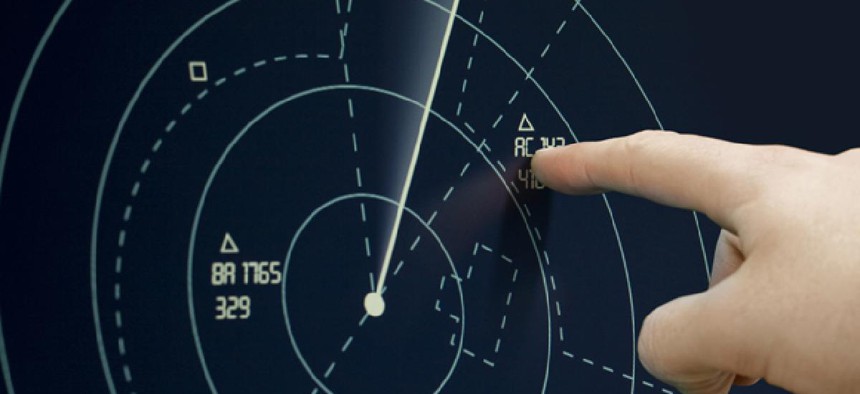Intel agencies seek better tech to precisely locate radars, ships

Jirsak/Shutterstock.com
Goal is to block false positives in high-noise environments.
The intelligence community’s research arm will fund technology to locate sources of high-frequency signals bounced back from the earth’s atmosphere, allowing agencies to pinpoint communication systems, radars and ships with more precision.
The Intelligence Advanced Research Projects Activity launched the research and development experiment called High Frequency Geolocation and Characterization and is seeking ideas on how to geolocate the source of sky-wave transmissions with sophisticated sensors, contract databases indicate.
It has been looking to fund development efforts in signal processing techniques and ways to help detection systems operate in a high-noise environment and block out false positives.
“The HF environment is complex and consists of a mix of desired and many undesired signals with some of these signals arriving through multi-path channels,” reads the request for proposals. The program “aims to develop and prototype technology that will provide a dramatic improvement in the ability to geolocate and characterize HF emitters.”
The funding project is expected to run through November 2015. Field tests are anticipated for performers who make it to the final phase of the program.
Defense contractor Booz Allen Hamilton, systems engineering firm SI Organization and research group MITRE Corporation are consultants to IARPA for the program.
Proposals for techniques to advance signal processing are due July 22. Ideas for sensors or antenna arrays that pick up the signals are due Jan. 22, 2013.
(Image via Jirsak/Shutterstock.com)





